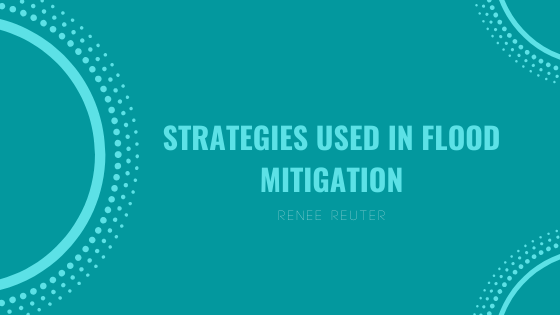As those who have experienced flood damage are well aware, floods can cause catastrophic damage in very little time. Flooding may be caused by a host of natural weather phenomena such as heavy rainfall, overflowing rivers, hurricanes, or ice and snow melting. They can also be the result of infrastructure issues such as broken dams, waterways with steep sides, or overflowing or poorly maintained drainage systems. Flooding can occur with little to no notice. This places the onus on federal, state, and local governments in flood-prone areas to have mitigation measures in place to limit the damage to life, property, economic stability, and environment.
Two Types of Mitigation Strategies
Flood management strategies fall into two categories, structural and nonstructural. Structural mitigation tactics involve restructuring the landscape and consist of flood gates, levees, retention ponds, evacuation routes, and floodwalls. Once these have been built, though, their structural integrity must be continuously monitored, repaired, and updated. Thus these strategies are more likely to be managed by state and federal agencies and aren’t as popular as they once were.
Nonstructural mitigation efforts are those that focus on removing people and property from at-risk areas. Permanently relocating residents and businesses, property buyouts, incorporation of elevated structures, building codes, subdivision, and zoning are all forms of nonstructural mitigation. Local governments typically spearhead these efforts as they’re in the best position to incorporate mitigation efforts into local planning.
Local Government’s Role in Flood Mitigation
Local governments must establish a comprehensive plan and floodplain management strategy that mitigates flooding by influencing future development. The plans must be regularly updated once they’re created, and they should incorporate green infrastructure programs to manage and expand existing greenways, parks, and preserves. Local governments’ primary means of modifying the susceptibility to flooding “is through zoning, subdivision regulations, building, and housing codes, and sanitary codes with specific flood hazard provisions.”
Zoning regulations can establish specific standards for land use in areas prone to flooding. Such rules might include the specification of a minimum height for floor elevations, which would ensure they’re above expected flood levels. Subdivision regulations can ensure land is divided into lot sizes that are appropriate for their intended use without adding undue burden on the local community. Improvements to sewer, water, roads, and recreational areas must adhere to subdivision regulations. These rules can stipulate that adequate drainage facilities be installed and that encroachment into floodplain areas is avoided. Local governments can also pass and enforce ordinances to prevent dumping in waterways.
Building and housing codes regulate building design, construction materials, and set minimum standards for maintenance of structures. To prevent buildings from floating during floods, building codes can require that appropriate anchoring is part of the construction. They may also need floodproofing to protect underground spaces from flood-elevated groundwater and sewer backup. Housing codes can be used to require repairs post-flooding be done in a manner that protects the health and safety of occupants.
Localities, where there is a potential for flooding, need to have a disaster preparedness plan that includes warning systems and emergency operations as well as the pre-disaster mitigation efforts already mentioned. Regular training and evaluations of readiness are vital to these programs. Preparedness programs need to be coordinated across all levels of government to be effective. While there is much that local governments can do to mitigate or prevent the risk of flooding, these efforts are only a piece of the overall mitigation strategies for flood management.
